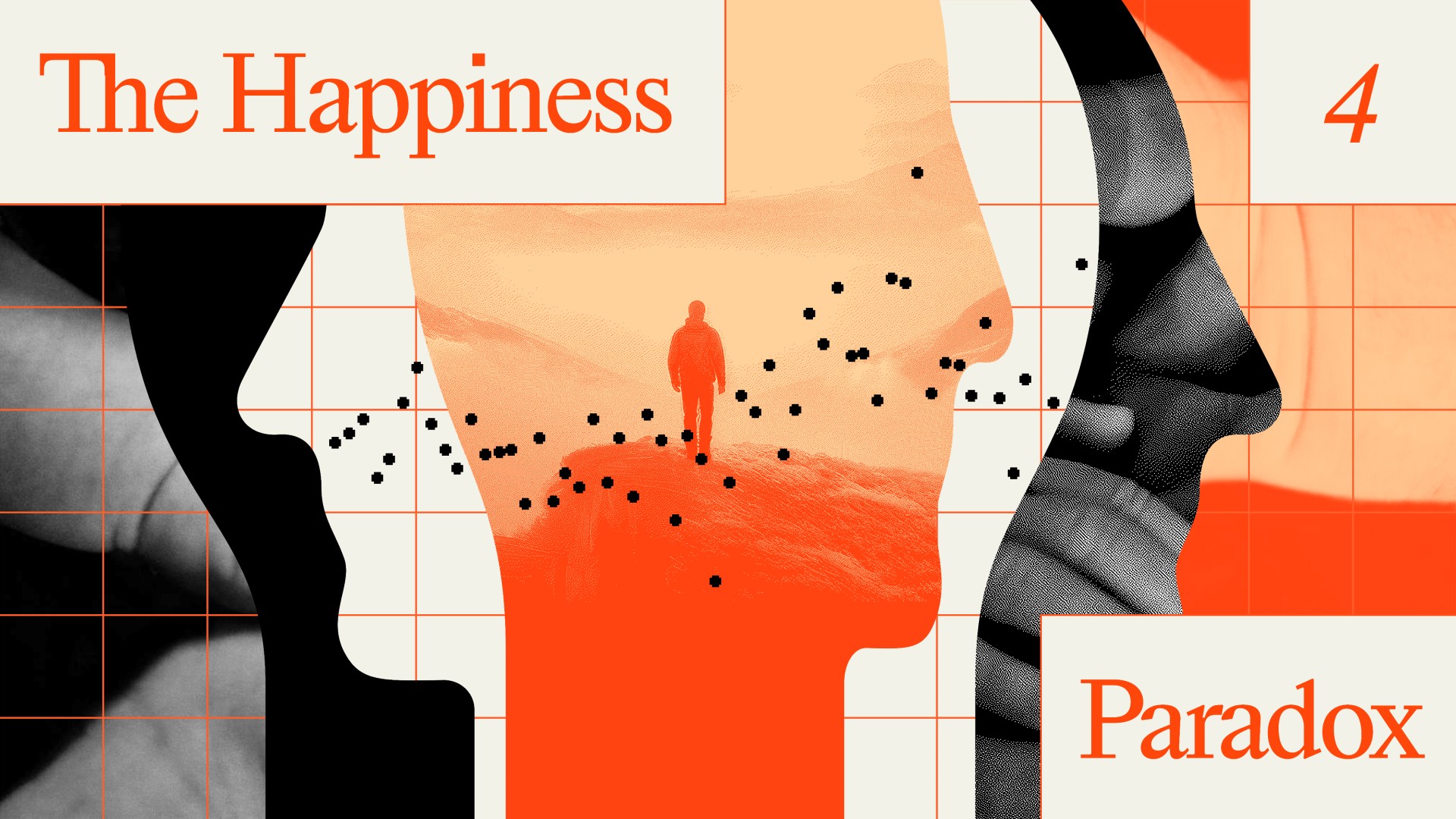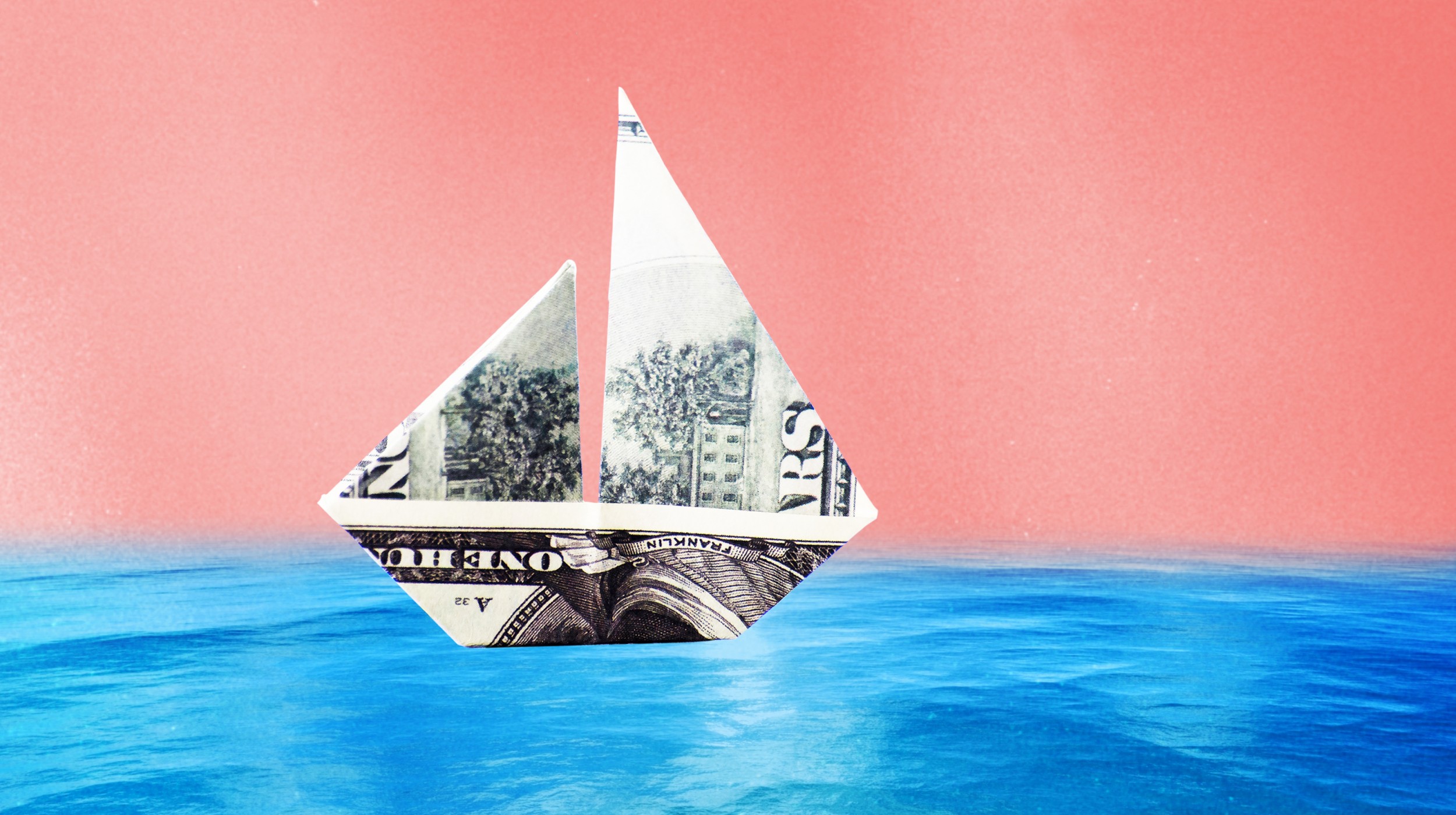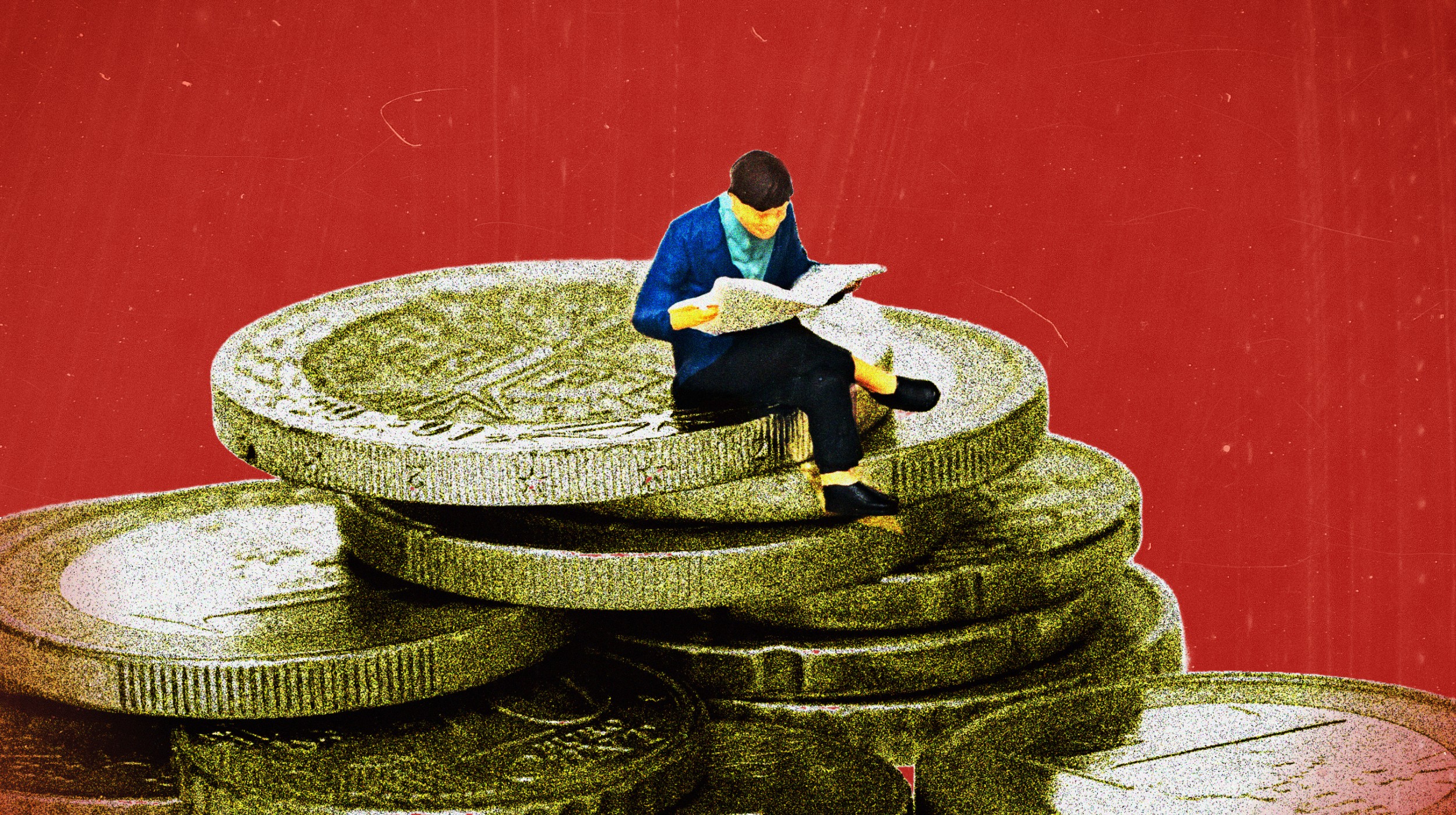If you want to free yourself from the consumer culture and economic constraints, you have to achieve financial independence, says author Vicki Robin. She lays out her 3-step plan towards achieving that freedom over money and finding your “happy life number” – how much money it costs you to have a happy life.
So let’s take a look at financial independence and what that really means. It means, you know, if you haven’t thought about it at all you just think “Oh, that’s for rich people” or “I could never do that.”
And so first of all I’d like to distinguish between independence and freedom.
So financial freedom is like freeing your mind. Financial freedom is understanding that I’m me and there’s an economy out there, and I have a relationship with it but it doesn’t run my life. It’s freeing my mind from the messages of the consumer culture, the messages of the economy. The message is that, you know, a house is a “starter house.” No, that’s MY HOUSE! I could die in my house, you know. It’s like there’s so many presumptions that drive us into wage slavery, debt, and it doesn’t matter whether you are at the low end or at the high end.
If you are engaged in that sort of ancient process of “more, more, more” you are not free. So the first layer of financial independence I talk about is this freedom of the mind, this freeing your mind, of saying like “I’m sovereign, the economy is secondary. I will move my sovereign self into the economy for my own purposes.”
Rather than “I’m a schlump and the economy is my mega boss and, I don’t know – my boss seems to be as big as the sky and so I will just let my life be run by my boss and the tax system. I’m just going to let myself be run by this thing.”
No, so you’re a sovereign being! So that’s your first layer of financial independence is your own sovereignty.
And then the second layer is to get out of debt. And for some people debt feels endless. And the first step to getting out of debt is stop going into debt. Really. It’s like – and so there are many organizations. There’s Debtors Anonymous. There’s many ways that people can help them with this addiction to constantly spending and spending beyond their means. However you do that you just stop increasing your debt and start whittling your way through it. And with the approach in Your Money or Your Life I mean there’s many people who have written to us who flatten their debt in a couple of years—impossible debt, debt that was going to be endless. They would die with this debt. And once they see what the debt is doing to them in terms of the actual opportunities, the future opportunities of their lives, once they see that, once they have a taste for, a yen for the kind of sovereignty, authenticity, autonomy, freedom, whatever you want to call it, you know, mastery over your own time, ability to write your novel or take your sailing cruise or play with your grandkids—Whatever it is that you want more than you want stuff that’s what we’re trying – that’s the sort of link that we try to get people to make, so that something in the future is more important than the immediate pleasure of buying one more tchotchke that you’re never going to use.
We call them “gazingus pins”, the things you buy repeatedly and you never use, and they go into the gazingus-pin-drawer and yet when you’re in the store you buy another one. And just look in your drawers, look in your closets, you’ll find it.
So getting, flattening your debt is the second level of financial independence, and the third level really is to get those six months of savings in liquid assets, whether it’s bank accounts—Someplace where you can actually within 24 to 48 hours you could realize that money.
So that you have an emergency fund so that you are not tumbled back into debt as soon as something happens; You lose a job which many people now feel that even their very, very important and significant jobs are precarious. So you want to get out of the zone of precariousness. And part of how you get out of that precariousness is savings.
And then over time the next layer of financial independence is you start to see that surplus savings can be invested in such a way that it throws off an income. And over time if you become a systematic and sometimes obsessive saver, you know, there are people who save up to 80 or 90 percent of their income whether it’s in their 401K or in a Roth IRA. There’s all these instruments for saving money.
You become a super saver and you can see, you could chart it. You can watch your passive income grow, and you can start to see because you track your daily expenses based on the mechanics of this whole thing, of knowing money is your life energy. You track everything you buy.
And an easy way to do it—if you don’t like, you know, like writing in a little notebook every time you do a transaction—is just use your debit card. I said debit, not credit.
You use your debit card and your bank has a complete record of all your purchases. And then every month you take a look at your purchases, you sort out in categories the plight of your lifestyle. And then let’s say, you know, you have a category called shoes and you spend like $150 or let’s say $162 on shoes. And we have a calculation that says “my real hourly wage,” all things considered is not $36 an hour, it’s $9 an hour. So I’ve just spent X number of hours, ten hours of my life or whatever on shoes and then you ask – is this worth it to me? Did it make me happy? Am I glad about this purchase? Would I spend more on it? Would I spend less on it? No shame, no blame, no like admonition. No going and confessing to your financial planner. Just between you and your Mint.com or whatever it is.
You just look at that and you kind of tell yourself the truth about whether spending your life energy in that way makes a difference.
That process gives you a sense. You develop a month in, month out, year in, year out sense of precisely how much money it costs you to have a happy life. You have your happy life number. It’s not, you know, some columnist in the Washington Post, blah, blah. It’s your happy life number. It is, “I spend $3,776 month in, month out, month in, month out, month in, month out, month in, month out more or less plus or minus ten percent.” And then you start to see your income from your investments, from your savings line—when that crosses and you have $3,7776 (or whatever I said) dollars passive income you realize you could let go of the active income and live on that amount of money. So it’s reality-based, it’s unique to you. The only person who knows what your number is is you. Some people become FI on $700,000. Some people a million. Some people ten million. Some people less. Some people basically they get out of debt and they have their six months of savings and they have some basic income that the bottom will never fall out. And then they travel around the world for three years on bicycles.
It’s freedom. It’s like you’re buying yourself degrees of freedom through this developing a habit of precise attention to the flow of money and stuff in your life.





